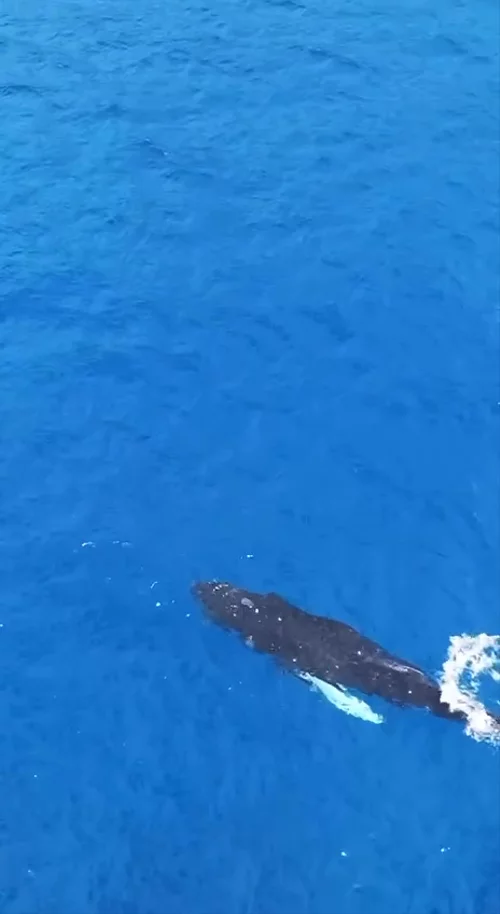USGS MAUNA LOA AFTERNOON UPDATE FOR DAY 7
2:45 AM · Dec 5, 2022USGS (4:22pm) - The Northeast Rift Zone eruption of Mauna Loa continues. One active fissure, fissure 3, is feeding a lava flow downslope. Fissure 3 is generating a lava flow traveling to the north toward the Daniel K. Inouye Highway (Saddle Road) that has reached relatively flatter ground and slowed down significantly over the past several days, as expected. As of 12 p.m. today, December 4, the flow front was about 2.25 mi (3.6 km) from the Daniel K. Inouye Highway (Saddle Road). Where the fissure 3 lava channel is branching, on the steeper slopes of the Northeast flank about half way down the lava flow, there were several small overflows recorded over the past day. During the past 24 hours, the lava flow advanced at an average rate of about 40 feet per hour (12 meters per hour). Though the advance rate has slowed over the past several days, the lava flow remains active with a continuous supply from the fissure 3 vent. Advance rates may be highly variable over the coming days and weeks. On the flat ground between Mauna Loa and Mauna Kea, lava flows advance more slowly, spread out, and inflate. Individual lobes may advance quickly, and then stall. Additional breakouts may occur if lava channels get blocked upslope. There are many variables at play and both the direction and timing of flow advances are expected to change over periods of hours to days, making it difficult to estimate when or if the flow will impact Daniel K. Inouye Highway. Sulfur dioxide (SO2) emission rates of approximately 180,000 tonnes per day (t/d) were measured on December 1, 2022 and remain elevated at this time. Volcanic gas is rising high and vertically into the atmosphere before being blown to the west at high altitude, generating vog (volcanic air pollution) in areas downwind. The International Volcanic Health Hazard Network has detailed information about vog: https://vog.ivhhn.org/. Forecasts for the dispersion of vog can be found on the Mauna Loa Vog Forecasting Dashboard: https://vog.ivhhn.org/content/mauna-loa-eruption. Tremor (a signal associated with subsurface fluid movement) continues beneath the currently active fissures. This indicates that magma is still being supplied to the fissure, and activity is likely to continue as long as we see this signal. There is no active lava within Moku'āweoweo caldera nor the Southwest Rift Zone. We do not expect any eruptive activity outside the Northeast Rift Zone. ---- Video is a timelapse of Fissure 3 on Mauna Loa and it's lava flow heading towards Saddle road overnight.
